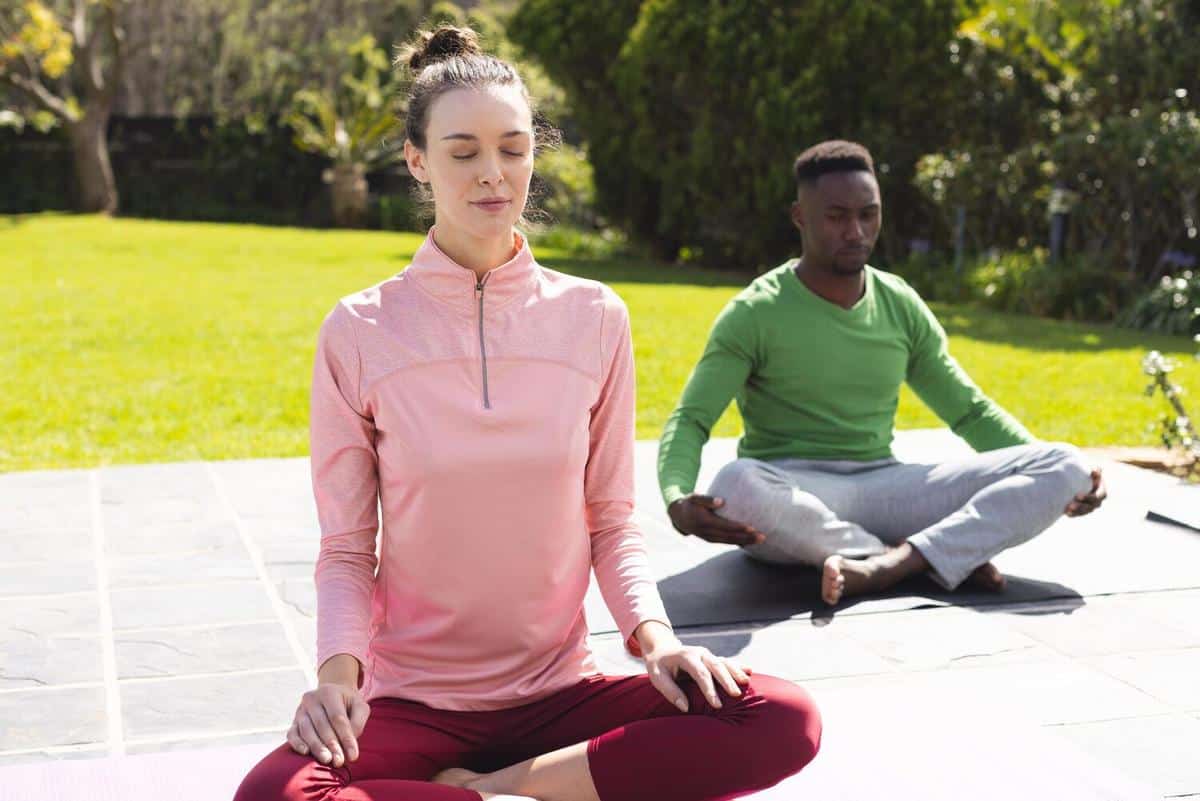
The Connection Between Physical Activity and Mental Wellbeing
The intricate bond between physical activity and mental wellbeing extends beyond the simple release of endorphins. As more individuals seek holistic approaches to enhance their mental health, understanding how exercise contributes to cognitive and emotional wellness becomes increasingly relevant.
The Science Behind Physical Activity and Mental Health
Engaging in regular physical activity is widely recognized for its positive impact on mental health. According to the World Health Organization, physical activity can help reduce symptoms of depression and anxiety, while improving mood and overall mental wellbeing. This is largely attributed to the release of endorphins, which are chemicals in the brain that act as natural mood lifters.
Expert Insights
Dr. Samantha Lewis, a renowned psychologist, emphasizes that physical activity not only enhances mood but also improves cognitive function. She states, “Exercise increases blood flow to the brain, which can help with memory and focus.” This connection suggests that incorporating physical activity into daily routines can be a powerful tool for maintaining mental clarity and emotional stability.
Research Findings
A study published in the Journal of Clinical Psychiatry found that individuals who engaged in regular physical activity reported a 30% reduction in depression symptoms compared to those who did not exercise. These findings underscore the importance of movement as a complementary treatment for mental health disorders.
Personal Stories
Consider the story of Mark, a software developer who struggled with anxiety. After incorporating daily walks into his routine, he noticed a significant decrease in his anxiety levels and an improvement in his overall mood. Mark’s experience demonstrates how even simple forms of exercise can have profound effects on mental health.
Actionable Tips for Incorporating Physical Activity
- Start small: Begin with short walks or light stretching to gradually integrate movement into your routine.
- Find activities you enjoy: Whether it’s dancing, swimming, or cycling, choose activities that are enjoyable to maintain consistency.
- Set realistic goals: Aim for at least 30 minutes of moderate exercise most days of the week.
- Stay connected: Join a fitness group or class to build a support network and increase motivation.
Additional Resources
For those interested in learning more, the Mental Health Foundation offers comprehensive guides on how to use exercise to improve mental health.
Conclusion
Physical activity plays a crucial role in enhancing mental wellbeing. By understanding and leveraging this connection, you can take proactive steps towards improving your mental health. Whether it’s through structured workouts or leisurely walks, the key is to find activities that you enjoy and can sustain over time.
Frequently Asked Questions
How does exercise improve mental health?
Exercise releases endorphins, which can help improve mood and reduce stress and anxiety.
What type of exercise is best for mental health?
Any form of physical activity that you enjoy and can do consistently is beneficial, from walking and yoga to more intense activities like running or cycling.
How often should I exercise to see mental health benefits?
Aim for at least 30 minutes of moderate exercise most days of the week to experience improvements in mental health.